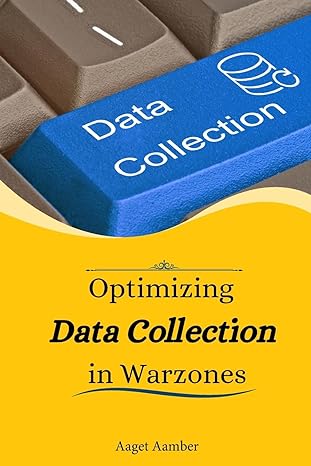Question
1. Consider the following incomplete class: public class SomeClass { public static final int VALUE1 = 30; public static int value2 = 10; private int
1.
Consider the following incomplete class: public class SomeClass { public static final int VALUE1 = 30; public static int value2 = 10; private int value3 = 5; private double value4 = 3.14; public static void someMethod() { // implementation not shown } public void someOtherMethod() { // implementation not shown } } Which of the following is a class constant? (2 points)
- VALUE1
- value2
- value3
| I only | |
| II only | |
| III only | |
| I and II only | |
| II and III only |
2.
Consider the following incomplete class: public class SomeClass { public static final int VALUE1 = 30; public static int value2 = 10; private int value3 = 5; private double value4 = 3.14; public static void someMethod() { // implementation not shown } public void someOtherMethod() { // implementation not shown } } Which variable is accessible without instantiating a SomeClass object? (2 points)
| VALUE1 | |
| VALUE1 and value2 | |
| value2 | |
| value3 | |
| None of the above |
3.
Consider the following incomplete class: public class SomeClass { public static final int VALUE1 = 30; public static int value2 = 10; private int value3 = 5; private double value4 = 3.14; public static void someMethod() { // implementation not shown } public void someOtherMethod() { // implementation not shown } } The method someMethod is defined as static. This means (2 points)
| the method is an accessor method | |
| the method is accessible outside SomeClass | |
| the method is not accessible outside SomeClass | |
| the method is accessible without instantiating a SomeClass object | |
| the method is accessible only by using a previously instantiated SomeClass object |
4.
Consider the following client code and assume that it compiles correctly: public class MainClass { public static void main(String[] args) { SomeClass myObject = new SomeClass(4, 5); int fred = SomeClass.SOME_VALUE; int barney = myObject.method1(); int wilma = SomeClass.method2(4); } } Which of the following is a class method? (2 points)
| method1 | |
| method2 | |
| SomeClass | |
| SOME_VALUE | |
| This cannot be determined by examining the above code |
5.
What is output by the following code: (2 points) ArrayList< Integer > a = new ArrayList< Integer >(); ArrayList b = a; a.add(new Integer(4)); b.add(new Integer(5)); a.add(new Integer(6)); System.out.println(b.size());
| 1 | |
| 2 | |
| 3 | |
| 4 | |
| 5 |
6.
Consider the following code: ArrayList < Integer >a = new ArrayList< Integer >(); int value; a.add(4); a.add(5); a.add(Integer(6)); value = a.size(); System.out.println(value); What happens when this code is compiled? (2 points)
| A compiler error occurs on Line 1, because you cannot instantiate an ArrayList in this way. | |
| A compiler error occurs on Line 3, because you cannot add an int to an ArrayList< Integer >. | |
| A compiler error occurs on Line 5, because the keyword new is missing when adding an Integer. | |
| A compiler error occurs on Line 6, because value must be declared as a double. | |
| This code compiles without errors. |
7.
A class has two constructors. This is an example of (2 points)
| inheritance | |
| instantiation | |
| overloading | |
| overriding | |
| polymorphism |
8.
The relationship between a child (sub) class and a parent (super) class is referred to as a(n) ____ relationship. (2 points)
| abstract | |
| has-a | |
| is-a | |
| polymorphism | |
| was-a |
Step by Step Solution
There are 3 Steps involved in it
Step: 1

Get Instant Access to Expert-Tailored Solutions
See step-by-step solutions with expert insights and AI powered tools for academic success
Step: 2

Step: 3

Ace Your Homework with AI
Get the answers you need in no time with our AI-driven, step-by-step assistance
Get Started


